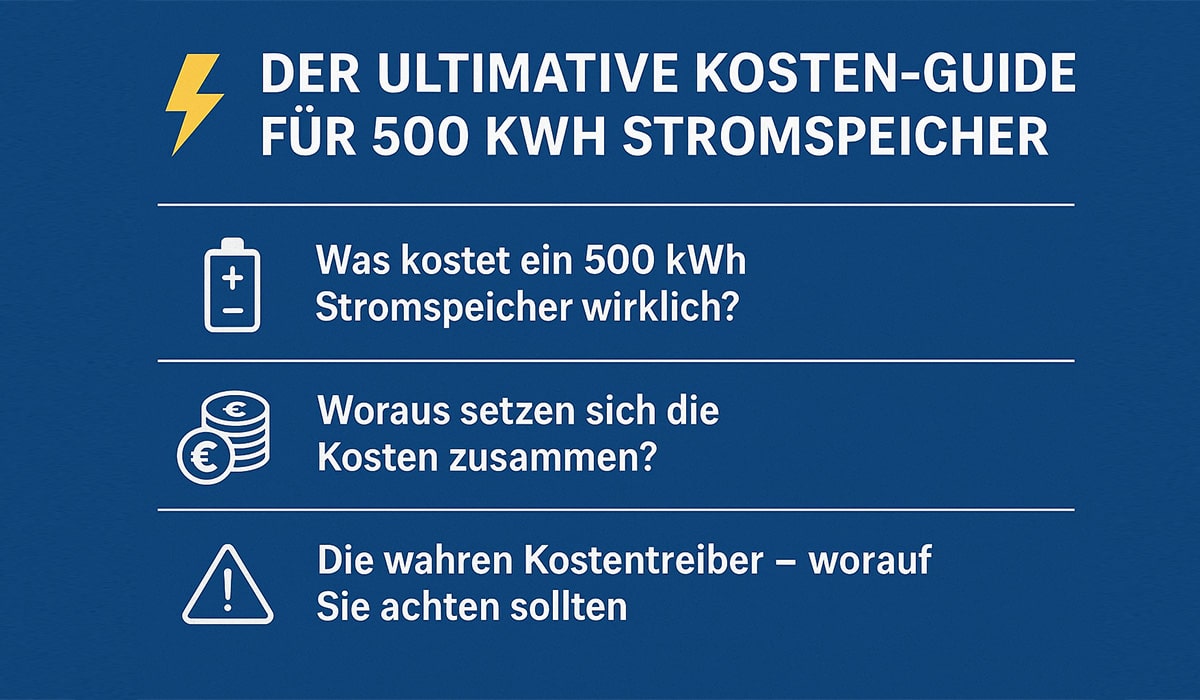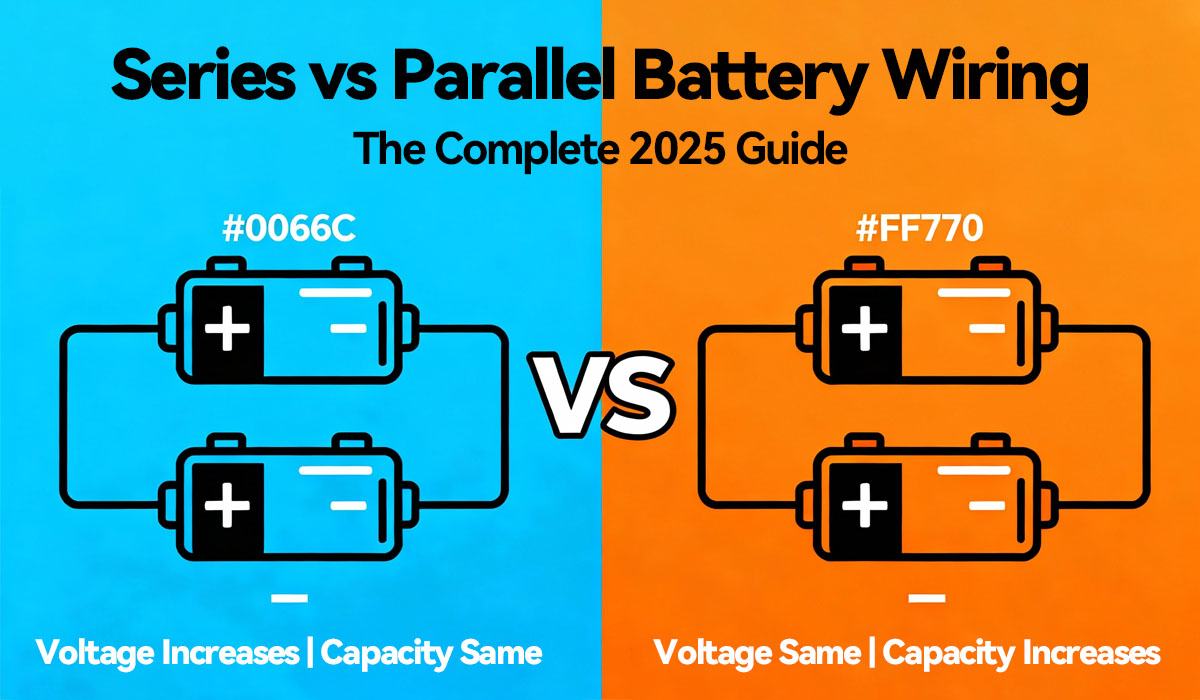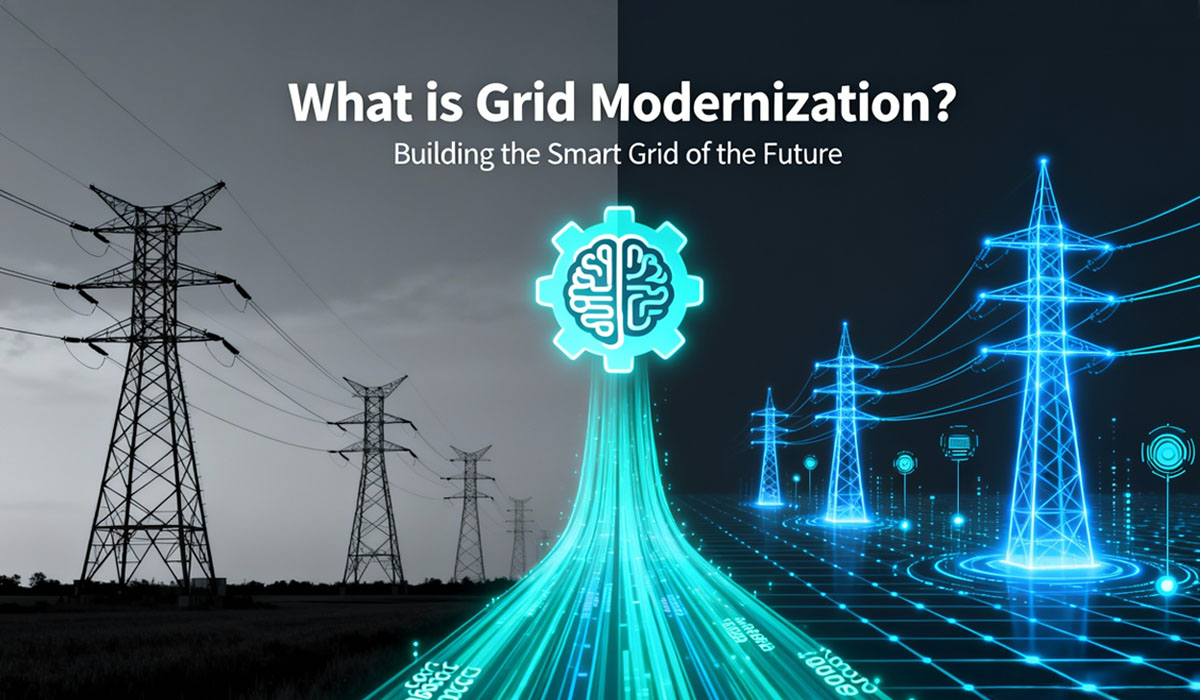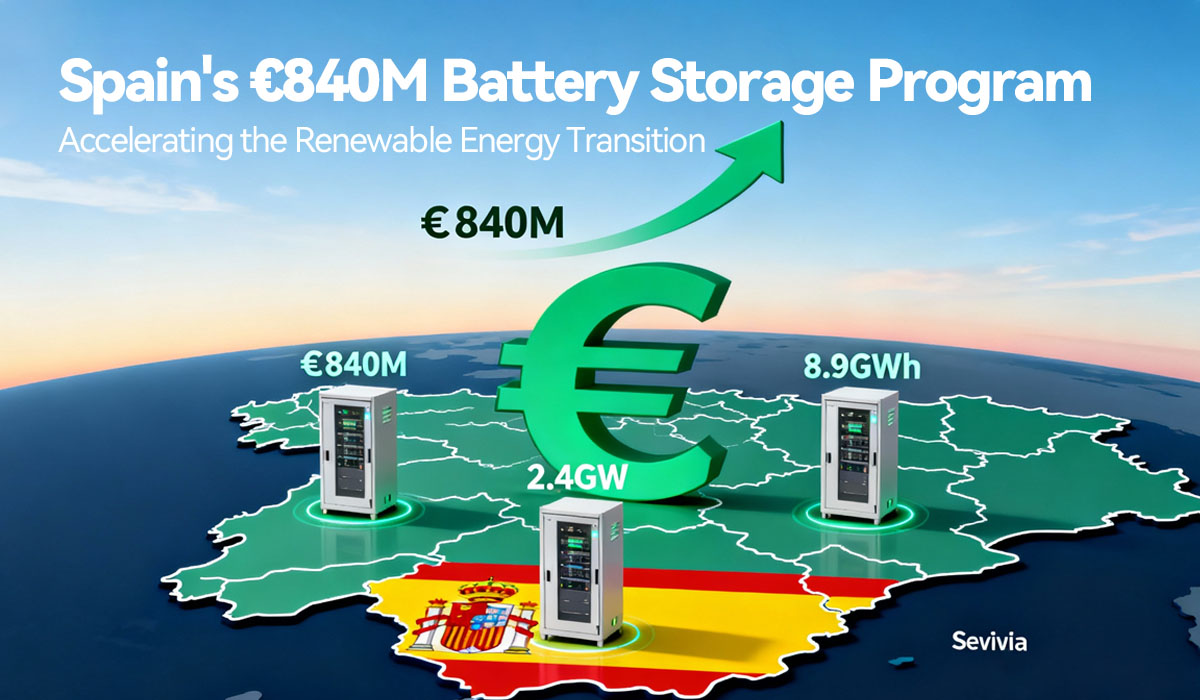Blog
Blog
What’s the Difference Between a Battery and an Energy Storage System? | Dawnice Guide
Published by Dawnice, June 25, 2025
Introduction
In today’s world of renewable energy and backup power, you’ve probably heard both battery and energy storage system (ESS) mentioned. But what exactly do these terms mean? Are they the same thing, or do they serve different purposes? Understanding the difference is key if you’re planning a solar setup, a home backup solution, or a commercial energy project. Let’s break it down in simple terms.
What is a Battery?
A battery is a device that stores chemical energy and converts it into electrical energy when needed. From the AA batteries in your remote to large lithium batteries in solar setups, batteries help power our devices, vehicles, and homes. A battery stores energy and releases it directly to a connected load, like your lightbulb or TV.
People often think of a battery as just a single unit. But in industrial and commercial use, we often combine many batteries into systems to supply larger amounts of power.
Fun fact: In the energy world, we sometimes use the term “battery puns” when making light-hearted jokes about batteries and power!
What is an Energy Storage System (ESS)?
An energy storage system (ESS) is more than just a battery. It includes not only the batteries (often called battery ESS) but also other components like the battery management system (BMS), inverters, cooling, safety protections, and monitoring software.
An ESS is designed to safely store energy (from solar panels, wind, or the grid) and release it when needed — often during peak hours or power outages. When you see terms like ESS LG or ESS Hanchu, they refer to specific brands or models of these storage systems.
An ESS meets specific safety and design standards, often following ESS electrical code regulations to ensure safe installation and operation.
Battery Versus Energy Storage System
Here’s the key difference:
- Battery = single energy storage device (stores energy chemically).
- Energy Storage System (ESS) = complete setup that manages, controls, and distributes stored energy.
Think of a battery as a single brick, while an ESS is the whole building made from many bricks plus all the systems that make the building functional.
When people search for battery versus energy storage system or battery and storage, they’re often trying to understand this distinction.
Types of Battery Energy Storage Systems
There are several types of battery energy storage systems used today:
- Lithium-ion battery ESS: Popular for home solar, EVs, and commercial use.
- Lead-acid battery ESS: Lower cost, but heavier and shorter lifespan.
- Flow battery ESS: Long life and suitable for large-scale grid applications.
- Nickel-based ESS: Used in specialized industrial settings.
If you’re looking for detailed specifications, many suppliers offer battery energy storage system type:pdf documents for deeper technical reading.
Why Choose an ESS Over Just a Battery?
An ESS offers better control, safety, and efficiency. Features like intelligent power management (ESS power), real-time monitoring, and compliance with ESS electrical code make an ESS the preferred choice for solar and commercial energy projects.
When considering battery ESS for your home or business, always look at the complete system rather than just individual battery units. Whether you’re researching ESS LG, ESS Hanchu, or other brands, focus on certified solutions that suit your energy needs.
Conclusion
In short, a battery is one part of an energy storage setup. An ESS is the complete solution that makes stored energy useful and safe for your daily life or business.
When planning for backup power or renewable energy, think beyond a battery—choose the right energy storage system that meets your needs.






